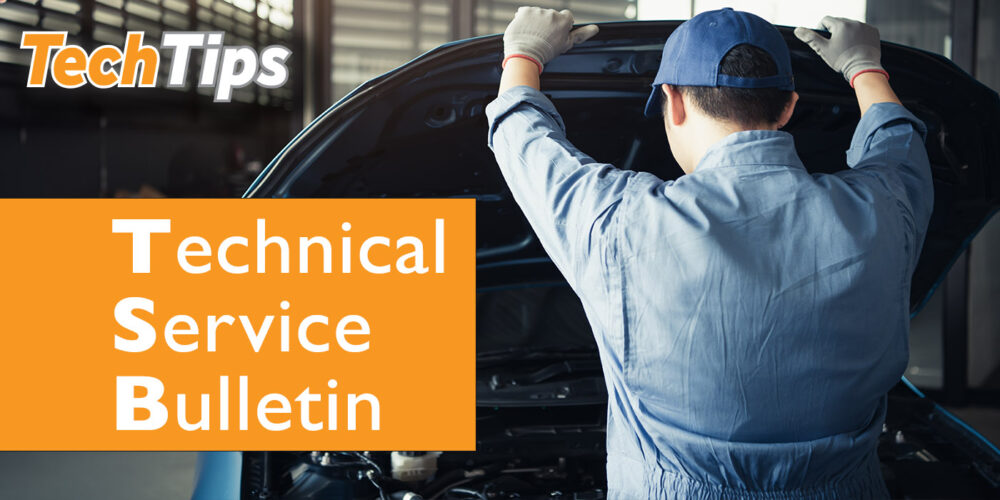By Larry Carley
Technical Editor
Friction materials are made from a variety of ingredients. These include various types of fibers for reinforcement and heat management, fillers for friction control and wear resistance, other ingredients to suppress noise and resin to bind all of the other ingredients together. Up to 20 different ingredients may be used to achieve the optimum balance between the material’s friction coefficients, stopping power, pedal feel, wear resistance and noise characteristics. As a result, many brake pads and shoes are marketed according to the ingredients they contain. These include nonasbestos organic (NAO), ceramic, low-metallic and semi-metallic.
NAO LININGS
When the use of asbestos was discontinued in the U.S. because of concerns over possible health risks of asbestos dust, NAO friction materials were developed to replace asbestos. NAO materials contain kevlar and other kinds of fibers and generally provide good braking performance and quiet operation (no brake squeal). NAO is typically used for both “standard” and “economy” grade replacement linings and for rear linings on most drum brakes, as well as the pads on front disc brakes in many cars and trucks.
NAO linings are often dark gray or black. The “softer” nature of NAO linings helps dampen vibrations that can cause noise. But a softer lining usually lacks the wear resistance of harder materials. Because of this, NAO linings tend to wear faster, especially at high brake temperatures. They also give off black brake dust as they wear. The dust can stick to alloy wheels, giving them a dirty appearance. NAO friction materials work well at ordinary brake temperatures, but are more likely to suffer heat fade when the brakes get really hot. Consequently, NAO pads that are fine for everyday driving are not the best choice for performance cars, heavier vehicles (large SUVs and pickup trucks) or “severe use” applications such as police, taxi and emergency vehicles.
CERAMIC LININGS
Friction materials that contain ceramic (silica-based) fibers or particles are usually referred to as “ceramic” linings. Ceramic brake pads were first used as original equipment on a few import cars back in 1980s. Today, nearly 75 percent of all new vehicles come factory equipped with some type of ceramic linings. This has created a growing demand for ceramic replacement linings in the aftermarket, which brake suppliers have responded to by introducing their own ceramic product lines.
Ceramic fibers are a good choice for brake linings because they have stable and predictable friction characteristics. The coefficient of friction doesn’t drop off as quickly as semi-metallics, nor does it fade as quickly as NAO as the brakes heat up. This is called “Mu Variability.” The more stable the friction characteristics are, the more consistent the brake pedal feels whether the brakes are hot or cold.
There is no standard industry definition for what constitutes a ceramic friction material, so the actual ceramic content can vary a great deal from one brand of ceramic friction linings to another. The ceramic content may vary from double-digit percentages to less than a few percent. The size of the fibers or particles may also range from 0.4 to as much as 80 microns in diameter (smaller is better say some suppliers, but others disagree).
Like any friction product, the real-world performance will vary according to the brand, formulation and application. As a rule, ceramic linings are marketed as premium grade linings that provide better braking performance, longer life and quiet operation. The lighter color of the ceramic friction material also produces less visible brake dust, so alloy wheels stay cleaner longer.
Most brake experts recommend replacing linings with same linings as before (or better, in the case of NAO). On vehicles that are originally equipped with ceramic linings, ceramic replacement linings should be installed. On vehicles that were originally equipped with NAO linings, ceramic linings can be used as an upgrade. But ceramic linings are usually not recommended as a replacement for semi-metallic brake pads in larger, heavier vehicles.
The type of brake pads that are installed on a vehicle also affect how long the rotors last. Rotors often have to be resurfaced or replaced because of excessive grooving, heat cracking, uneven wear, runout and warpage. Resurfacing can clean up minor surface imperfections, but every cut that’s taken reduces the thickness of the rotor and brings it closer to discard thickness. But if the rotors are badly worn, replacement is the only option.
Ceramic brake pads are marketed as being “rotor friendly” because they reduce rotor wear. Consequently, rotors last longer and may not have to be resurfaced or replaced when the pads are changed — that can add up to significant savings over the life of a vehicle.
Many ceramic pads also have other special features that help reduce vibrations and noise. These include chamfers, slots and insulator shims.
Chamfers are angled or beveled edges on the leading and trailing ends of the pad that reduce “tip-in” noise when the brakes are first applied. Chamfers also reduce the surface area of the brakes slightly, which increases the clamping force applied by the pads against the rotors. This further helps to dampen sound-producing vibrations.
Slots are grooves cut vertically, diagonally or horizontally in the pads to reduce noise by changing the frequency of vibration from an audible level to a higher, inaudible frequency beyond the range of the human ear. Slots also help reduce brake fade by providing a path for water, dust and/or gas to escape.
Insulator shims provide a dampening layer to absorb and dissipate vibrations before they can cause noise. Some shims are installed on the backs of the pads, while others are molded into the pads themselves, or laminated onto the backs of the pads.













